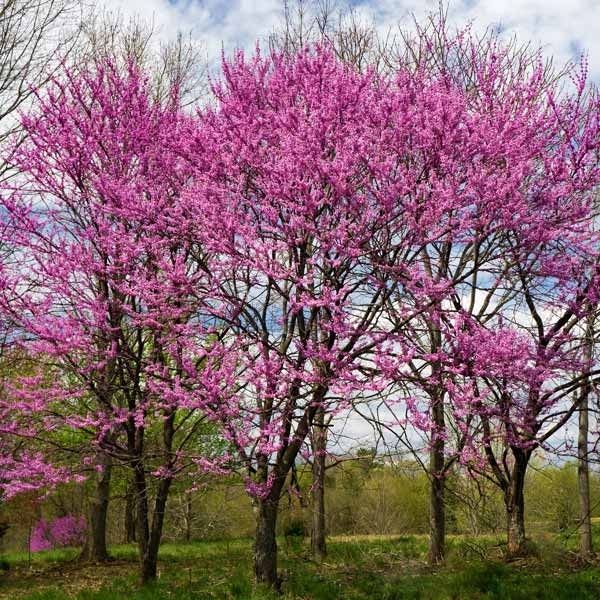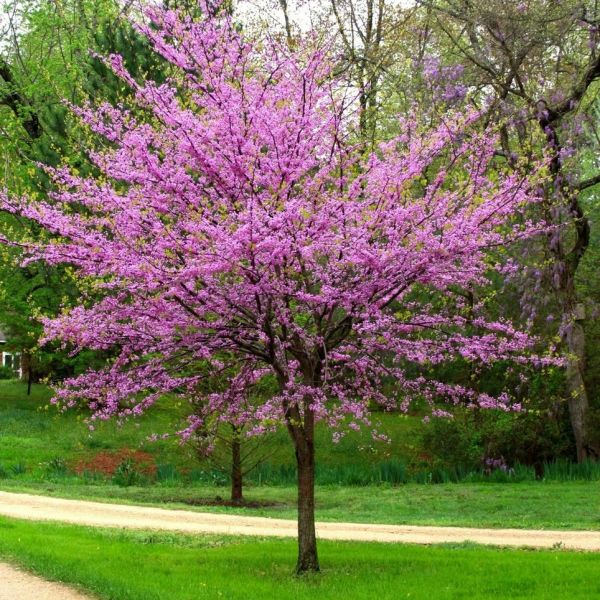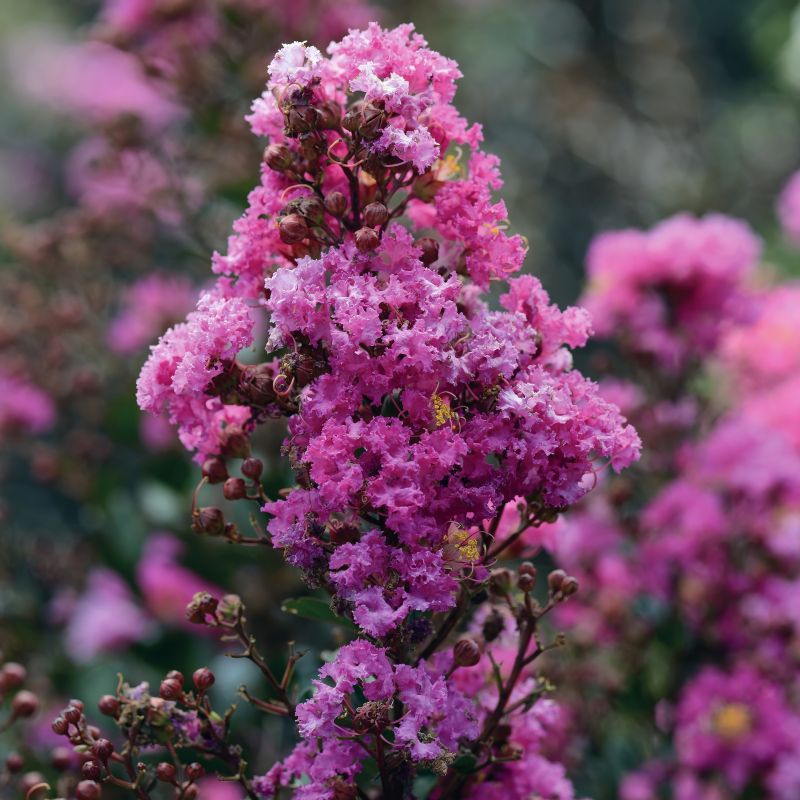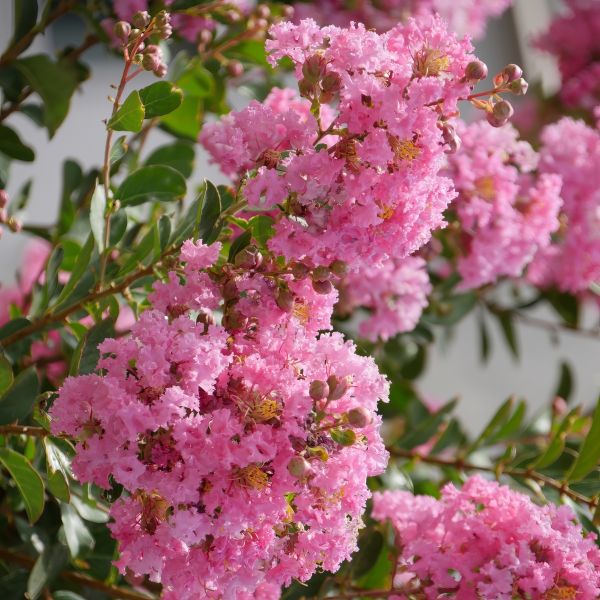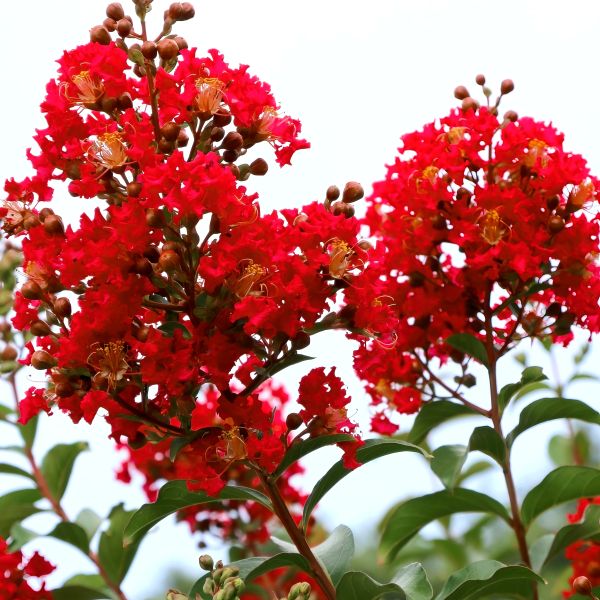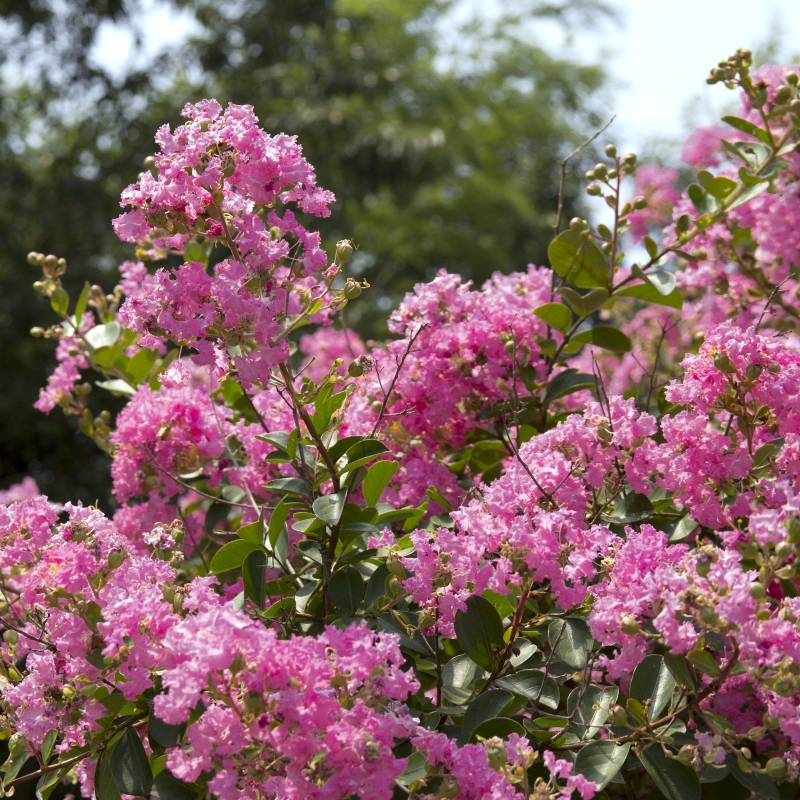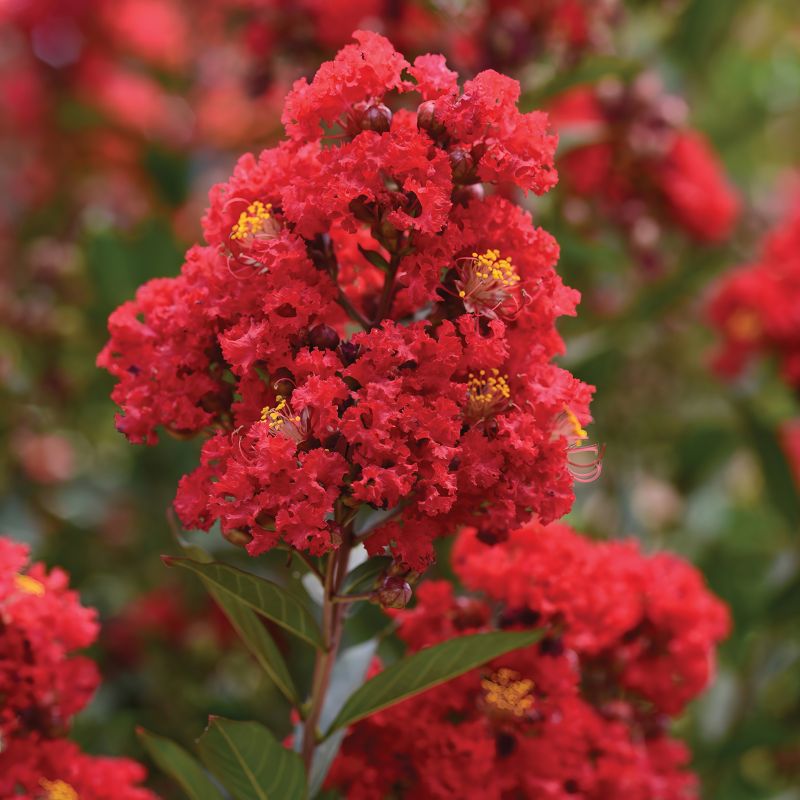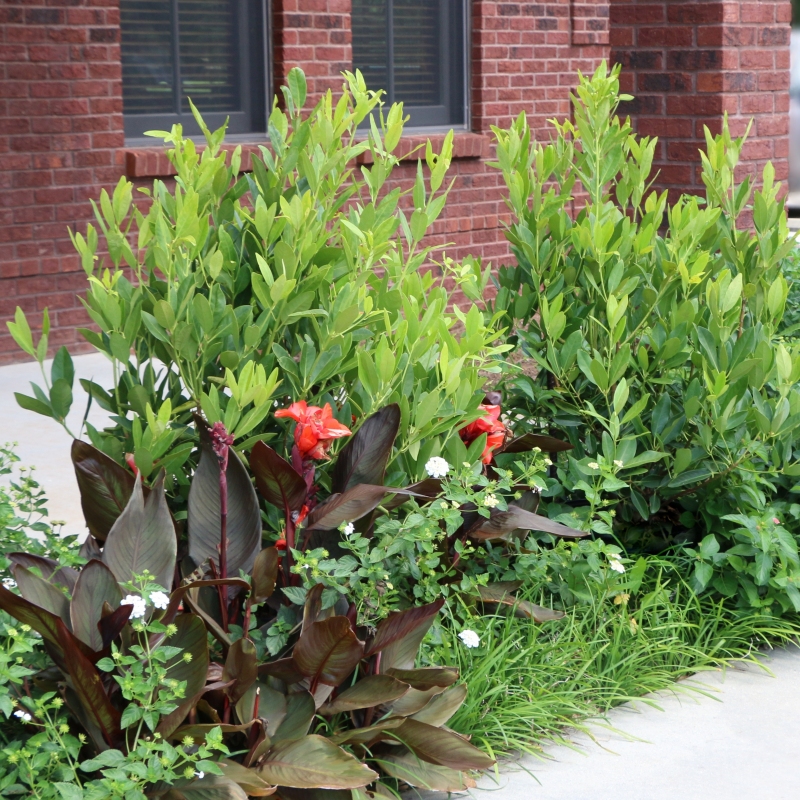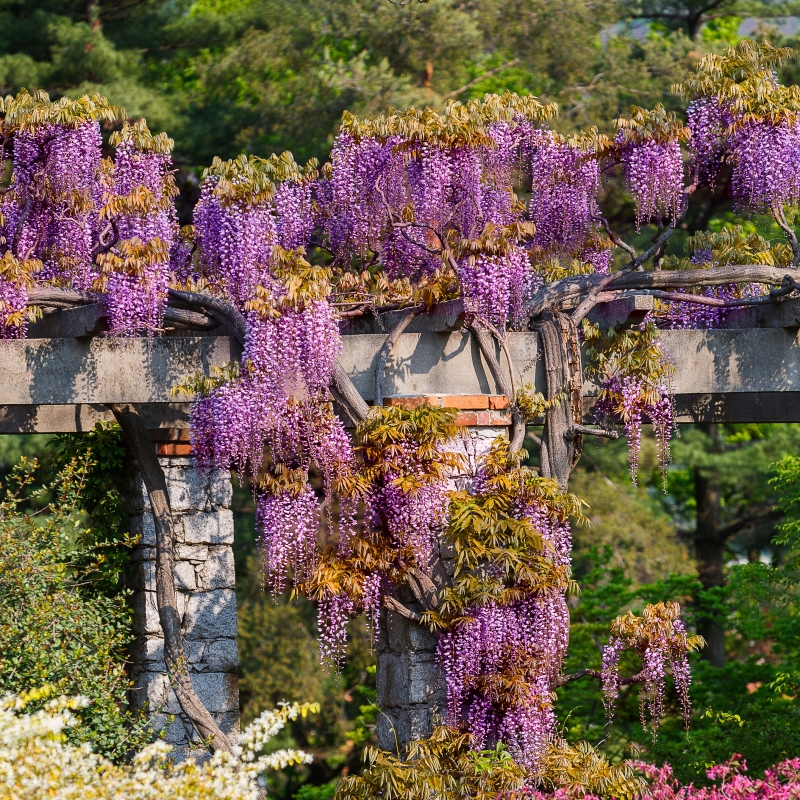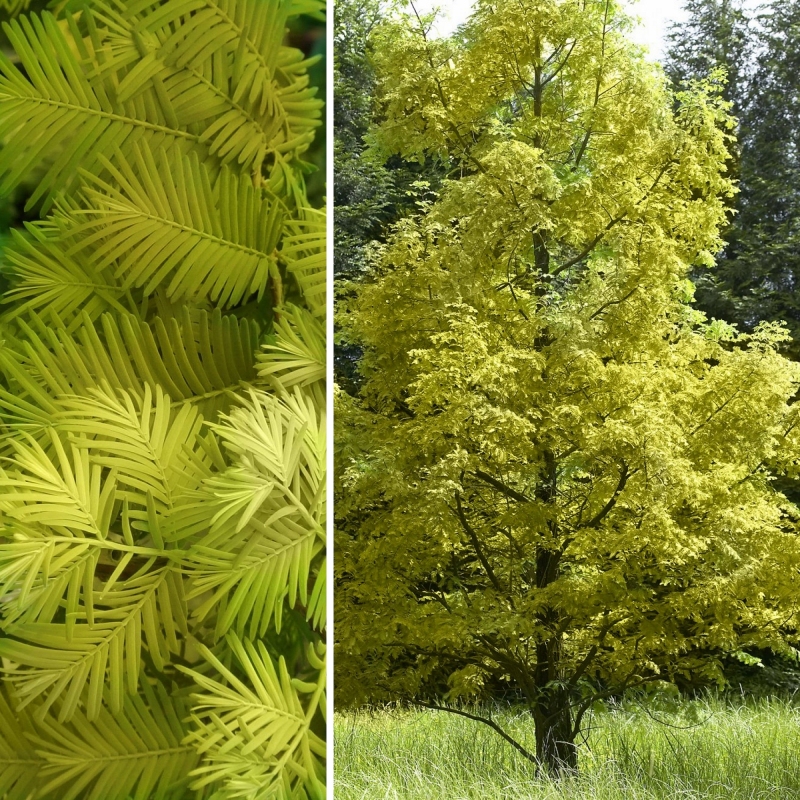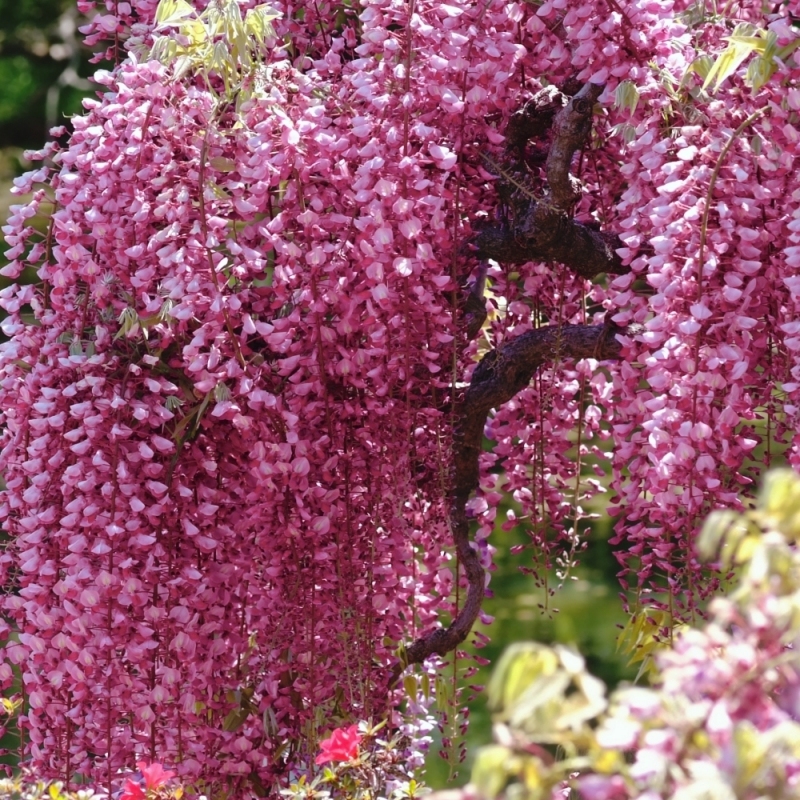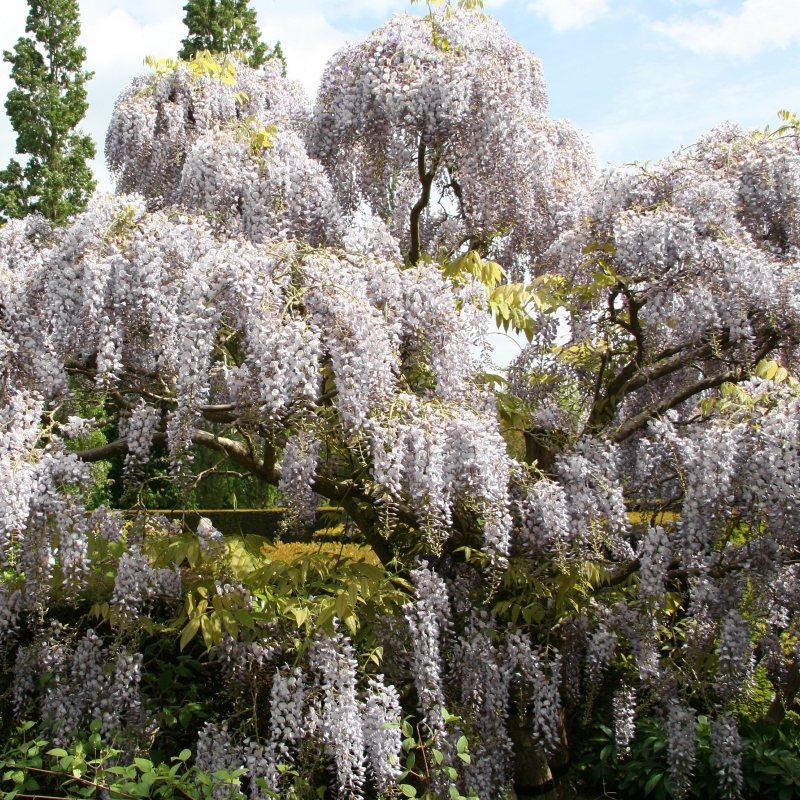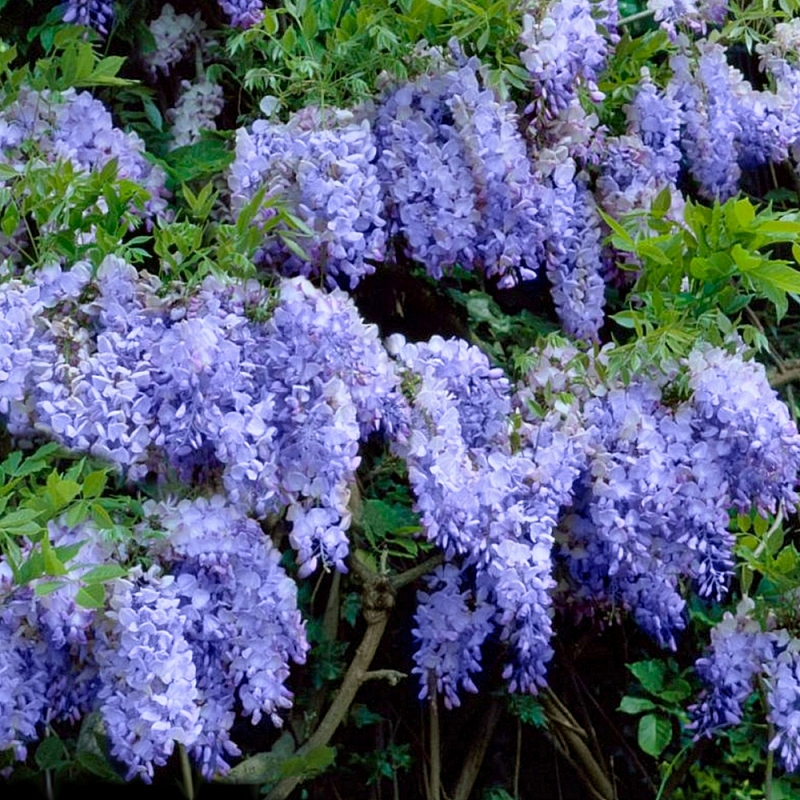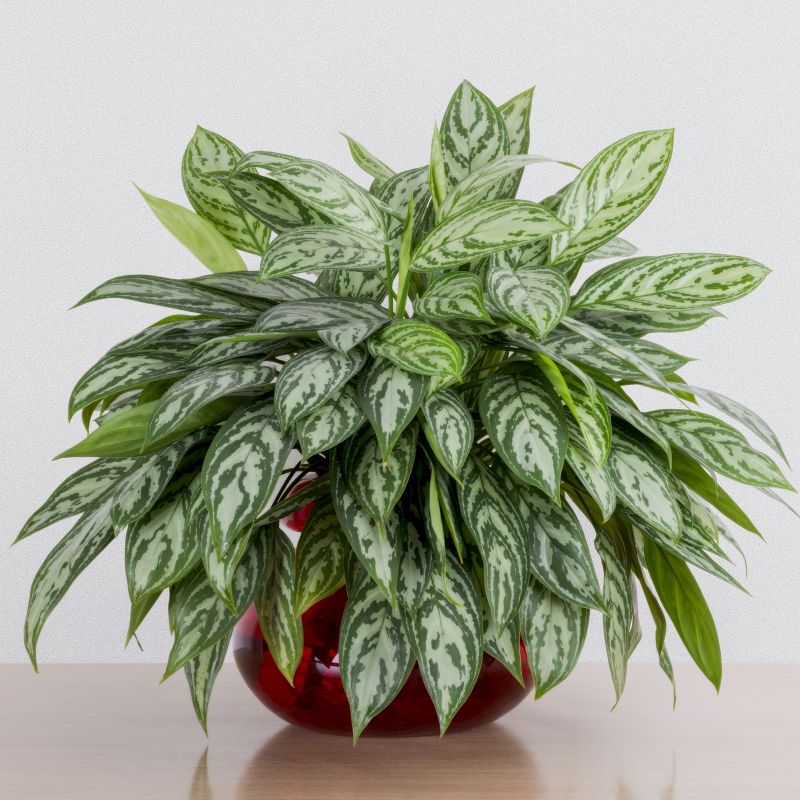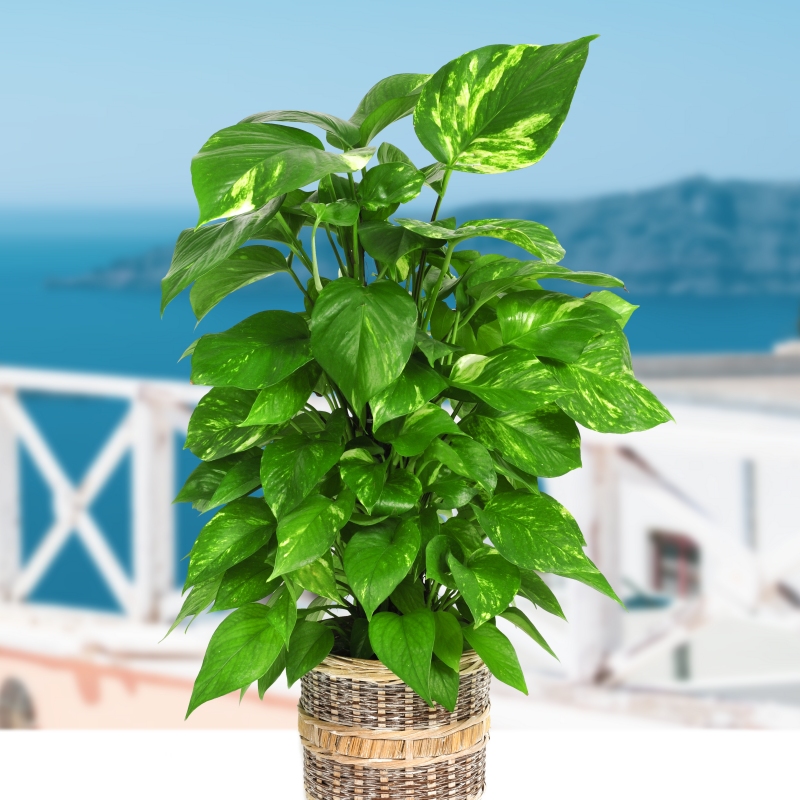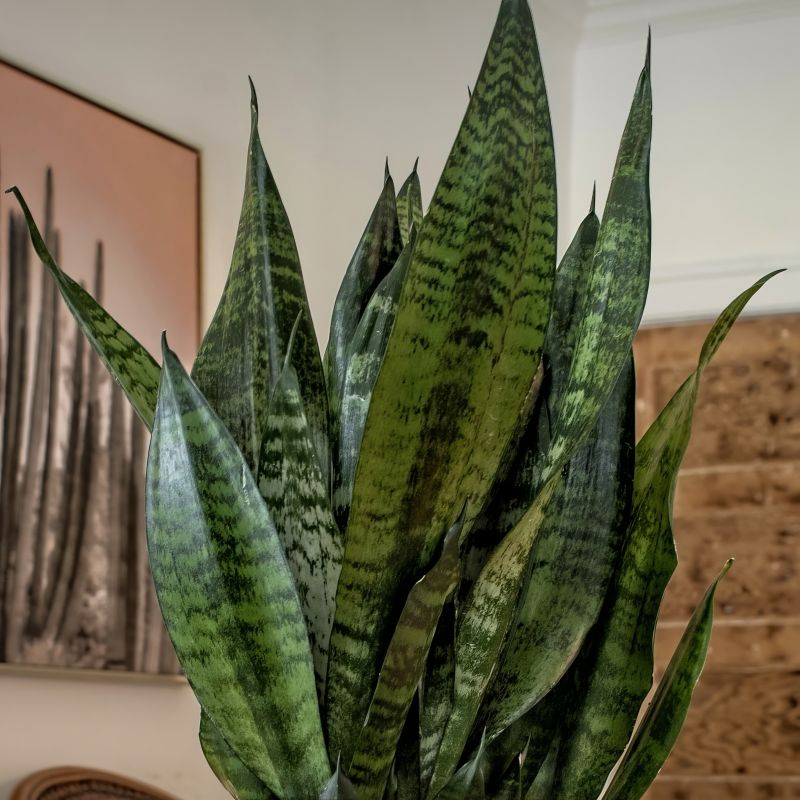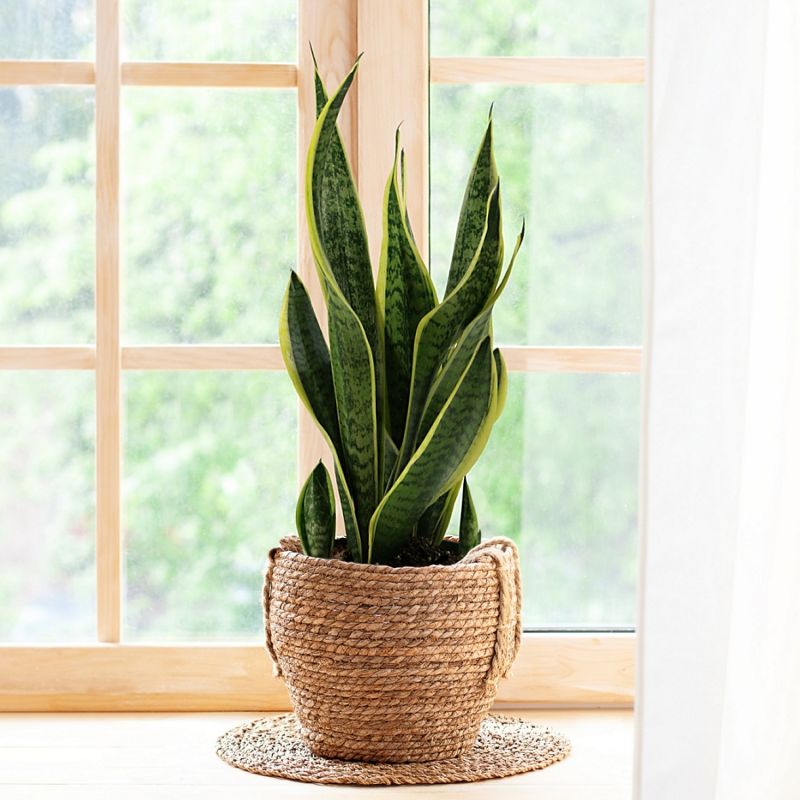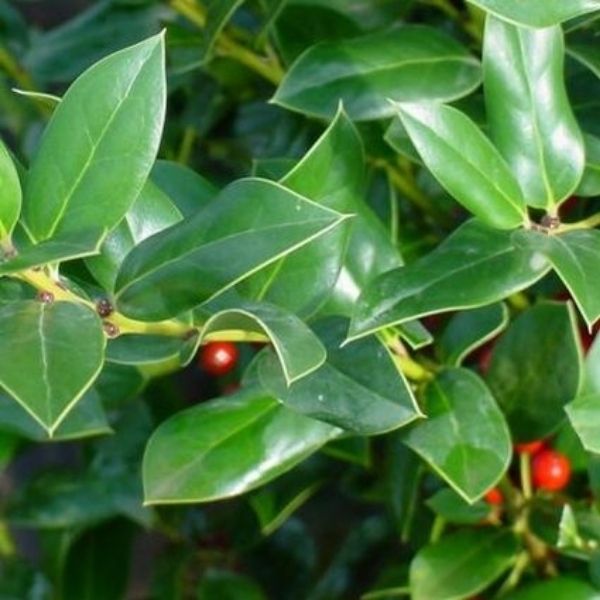

Eastern Redbud
Cercis canadensis
18 reviews


Eastern Redbud
Cercis canadensis
18 reviews
- Beautiful pink or purple flowers add a pop of color to any landscape
- Tolerant of a variety of soil types and adaptable to different growing conditions
- Attracts pollinators such as bees and butterflies to your garden
- Ships to in 7-10 Days
- Free Shipping Over $150
- Plant Arrival Guarantee
- In Stock
- Free Plant Consult
$200
$106.00
$152.00
30% Off
- 2.5 Gallon 4-5 Feet MultiStem
- 2.5 Gallon 4-5 Feet Single Stem
- 4x4x6 Inch Container Single Stem
We are sorry, product is currently out of stock due to seasonal availability. Please check the "Related plants available in your area" section below
Why Eastern Redbud?
The Eastern Redbud is a popular tree due to its vibrant pink to purple flowers that bloom in early spring before the leaves appear. It is also a hardy and adaptable tree, able to thrive in a variety of soil types and conditions. In addition to its beauty, the Eastern Redbud is important for pollinators as it provides nectar and pollen for bees and butterflies. It is also a host plant for the Henry's Elfin butterfly.
Related plants available in your area
Sunlight
Eastern Redbuds (Cercis canadensis) thrive in full sun to partial shade. While they can tolerate some shade, they will produce more vibrant flowers and foliage when grown in full sun. It is recommended to provide at least 4-6 hours of direct sunlight for o
Watering
Eastern Redbud trees typically have moderate watering requirements. They prefer moist, well-drained soil but can tolerate periods of drought once established. It is important to water them regularly, especially during hot and dry periods, to ensure their h
Fertilizing
Eastern Redbud trees prefer well-drained soil but can tolerate a wide range of soil types. They benefit from a balanced fertilizer, such as a 10-10-10 or 14-14-14, applied in early spring before new growth appears.
Polishing up any dreadful landscape design calls for a significant modification that sparks up your home design: the eastern redbud tree.
Boasting showy bright pink flowers, this deciduous tree doubles as a captivating design feature that adds a pop of striking pink color to your abode. The double rose pink flowers alone serve as a bold statement that not only grabs your visitors' attention but also makes your yard the talk of the town.
What’s more, its dark reddish brown bark, gracefully spreading branches, rounded crown, and heart-shaped leaves complement the tree’s overall rosy romantic mood. And while the dark green leaves amp up the cheerful vibes in the summer, they later turn into a bright canary yellow in fall, dressing your yard with an entirely different style.
Simply put, this small tree is the fastest way to bring together a show-stopping display in your backyard. Whenever you come across it in full bloom, you are instantly moved by this heartwarming, enchanting scenery.
Native to eastern North America, cersis canadensis eastern redbud grows up to 20 to 30 feet in height and 15 to 25 feet in width, with a fast growth rate when young and a medium one when older.
Enjoying the spectacular display of red, rose, pink, green, and brown shades calls for great care. Plant eastern redbud trees in full sun to partial shade. And for an attractive, healthy tree, grow it in loamy, moist, rich, and well-drained soil.
Bring an air of rosy dreaminess to your outdoor space! Order your eastern redbud now!
Plant Information:
| Botanical Name: | Cercis canadensis |
| USDA Zones: | 4-9 |
| Water: | Moderate |
| Exposure: | Full Sun |
| Soil Needs: | Well Drained |
| Mature Height: | 20 - 30 feet |
| Mature Spread: | 15 - 30 feet |







Pollination Info
Pollination Information for Eastern Redbud (Cercis canadensis)
Eastern Redbud is a beautiful tree native to eastern North America that is famous for its attractive pink or purple flowers that bloom in early spring. The tree gets pollinated by a variety of insects, including bees, butterflies, and moths.
The flowers of Eastern Redbud are hermaphroditic, meaning that each flower contains both male and female reproductive organs. The flowers are arranged in clusters on the bare stems of the tree before the leaves emerge. Each flower has a pink or purple color and a unique shape that attracts pollinators.
Insects such as bees and butterflies are attracted to the bright colors of the flower and the sweet nectar that it produces. When these insects land on the flower to feed, they pick up pollen from the male reproductive organs of the flower. The insects then fly to another tree and land on another flower, where they transfer the pollen to the female reproductive organs of the flower.
Pollination is an essential process in the reproduction of Eastern Redbud because it allows the tree to produce seeds that will eventually grow into new trees. Without pollination, the tree would not be able to reproduce and would eventually die out.
In conclusion, pollination by insects is critical to the survival and reproduction of Eastern Redbud. The beautiful flowers of this tree attract a variety of pollinators that help to ensure the survival of the species.
FAQ
Eastern Redbud (Cercis canadensis) FAQ
What is an Eastern Redbud?
Eastern Redbud (Cercis canadensis) is a small deciduous tree native to North America. It is known for its beautiful pink and purple flowers that bloom in early spring before the leaves emerge.
How big does an Eastern Redbud tree grow?
Eastern Redbuds typically grow between 20 and 30 feet tall and have a spread of 25 to 35 feet. They can be pruned to maintain a smaller size.
What are the planting requirements for an Eastern Redbud?
Eastern Redbuds prefer well-drained soils and can tolerate partial shade to full sun. They are adaptable to a wide range of soil types, including clay and alkaline soils. It is best to plant them in the fall or early spring.
When do Eastern Redbud trees bloom?
Eastern Redbuds bloom in early spring, typically in March or April, before the leaves emerge. The flowers are pink or purple and grow in clusters along the branches.
Do Eastern Redbuds attract wildlife?
Eastern Redbuds are known to attract butterflies, bees, and hummingbirds. The tree's seeds are also a food source for birds and small mammals.
How do you care for an Eastern Redbud tree?
Eastern Redbuds require regular watering, especially during the first few years of growth. They should be fertilized in the spring and pruned in the winter or early spring to maintain shape and remove any damaged or dead branches. Eastern Redbuds are generally disease and pest resistant.
What are some common cultivars of Eastern Redbud?
Some popular cultivars of Eastern Redbud include 'Forest Pansy', which has purple leaves, 'Ace of Hearts', which has a weeping habit, and 'Lavender Twist', which has a contorted growing habit.
Planting & Care
Planting Eastern Redbud
Eastern Redbud (Cercis canadensis) is a small deciduous tree that is native to eastern North America. It is commonly grown for its showy clusters of pinkish-purple flowers that bloom in early spring and for its heart-shaped leaves that turn yellow in the fall.
Location
Eastern Redbud grows best in full sunlight or partial shade. It can tolerate a wide range of soil types, but prefers moist, well-drained soil. Plant the tree in an area with good air circulation and away from structures or other plants that may shade it.
Planting
Plant Eastern Redbud in the early spring or fall. The tree should be planted at the same depth it was in its container, with the top of the root ball level with the soil surface. Dig a hole that is twice as wide as the root ball and amend the soil with compost or other organic matter. Water the tree thoroughly after planting.
Care
Watering
Water Eastern Redbud regularly during its first year of growth to establish a deep root system. Afterward, the tree is tolerant of drought and only needs to be watered during times of prolonged drought. Avoid over-watering, as this can cause root rot.
Fertilizer
The Eastern Redbud does not require regular fertilization. However, if the tree is not growing well, a slow-release fertilizer can be applied in the spring. Be sure to follow the instructions on the fertilizer package.
Pruning
Prune Eastern Redbud in the winter to remove any dead or crossing branches. Overgrown trees can be rejuvenated by pruning them back to the ground in the spring, although this will result in the loss of one year's worth of flowers.
Pests and Diseases
Eastern Redbud is relatively resistant to pests and diseases. However, it can be susceptible to verticillium wilt, a fungal disease that causes yellowing and wilting of the leaves. If the disease is present, infected branches should be pruned off.
Propagation
Eastern Redbud can be propagated from seed or cuttings. Collect seeds from the tree in the fall and plant them in the ground immediately. Cuttings can be taken in the summer and rooted in a moist potting mix.
Check Out These Verified Customer Reviews:
Customer Reviews
4.7 out of 5 based on 18 reviews
Thank you! Your review has been submitted.
Overall, a great experience purchasing from this website. The Eastern Redbud plant was top-notch.
Overall a great experience buying from this site.
Beautiful tree with vibrant pink blooms.
Item has been added to your cart.



